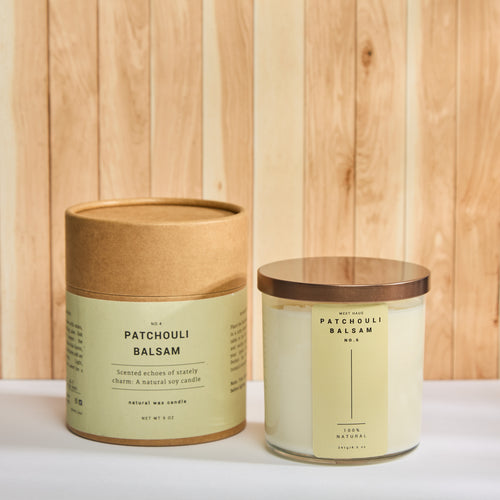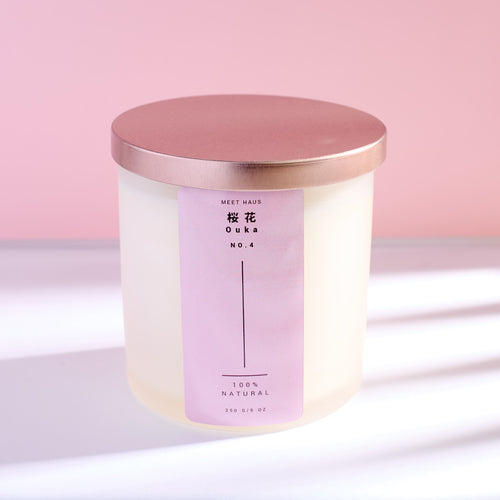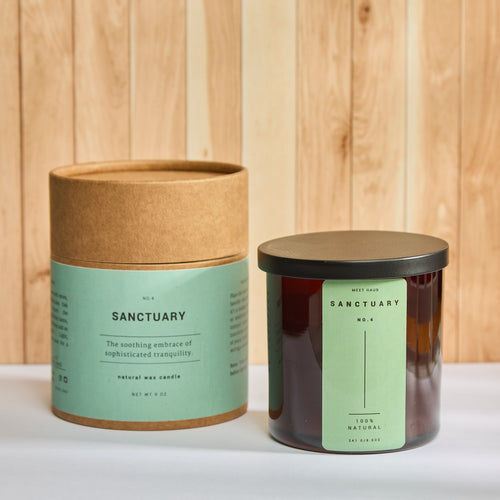
The Language of Fragrance: How to Describe Scents Like a Pro
When you’re passionate about candles and home fragrance, learning how to describe scents becomes just as important as enjoying them. Many people know when they love or dislike a fragrance, but struggle to explain why. That’s where fragrance vocabulary comes in. By understanding candle scent notes top, middle, and base, you can move beyond vague adjectives and confidently describe candle scents with depth and clarity. This guide is your home fragrance playbook, helping you connect words with sensory experiences, whether you’re shopping for luxury soy candles, gifting, or simply refining your taste.
Why Fragrance Vocabulary Matters
Fragrance is deeply tied to memory and emotion, but it’s also an art form with its own language. Perfumers and candle makers use shared terms to describe floral scents, woody blends, and everything in between. Learning these terms helps you not only recognize what you enjoy but also articulate it. For example, being able to say, “I love candles with warm woody scents balanced by light florals,” is far more helpful than saying, “I like cozy candles.” According to FragranceX, understanding scent language allows consumers to navigate products better and find the perfect fit for their preferences.
Top, Middle, and Base Notes Explained
Every fragrance, whether in a perfume or candle, is built like a pyramid with layers of notes.
- Top Notes: The first impression of a scent. These are often fresh and fleeting, like citrus, herbs, or light florals. For instance, the Sanctuary Candle from Meet Haus opens with bright bergamot that immediately uplifts.
- Middle Notes (Heart): These create the main character of the fragrance. They linger longer and are usually florals, spices, or fruits. Our Violet Candle captures this beautifully, with violet and saffron forming its elegant heart.
- Base Notes: The foundation of a fragrance, these last the longest and give depth. Think woods, resins, and musks. The Patchouli Balsam Candle demonstrates this richness with balsam and cedarwood anchoring its earthy aroma.

Together, these notes form the full story of a candle, which is why they’re key when learning how to describe candle scents. This structure is well explained in Aroma360’s guide to top, middle, and base notes.
How to Describe Floral Candle Scents
Floral scents are among the most popular in both candles and perfumes, but “floral” is too broad to be useful. Instead, expand your fragrance vocabulary by naming specific qualities. Violet, for instance, is powdery and soft, while rose is lush and romantic. Jasmine tends to be heady and sensual. Our Memories Bundle combines florals in a way that feels timeless, making it easier to describe floral scents as fresh, powdery, or opulent depending on the notes.
How to Describe Woody Candle Scents
Woody fragrances add grounding depth and warmth. Like florals, there are variations worth noting. Cedarwood smells dry and pencil-like, sandalwood is creamy and smooth, while patchouli has an earthy, slightly sweet profile. Learning to describe woody scents makes it easier to explain why you might prefer the clean pine of our Forest Bathing Candle over the darker resinous notes of Rose Oud Room Spray. For further reading, the Perfume Society offers detailed insight into woody fragrance families.
Building Your Own Home Fragrance Guide
If you’re looking to develop your own fragrance vocabulary, start by paying attention to your daily experiences. What do fresh linens, a walk in the woods, or a summer bouquet remind you of? Write these impressions down. Compare them with the top, middle, and base notes listed on candle jars or home fragrance descriptions. Over time, you’ll create your own home fragrance guide—a personal language that helps you recognize and describe candle scents more confidently.
Why This Matters for Candle Lovers
Knowing how to describe scents transforms you from a passive consumer into an informed tastemaker. It also enhances gifting; being able to choose a candle that perfectly matches a friend’s style is powerful. Moreover, it allows you to curate your home ambiance intentionally, choosing scents for relaxation, focus, or celebration. At Meet Haus, our mission is to offer luxury soy candles and room sprays that provide you with this depth of choice, featuring fragrances that are bold enough to fill a room and nuanced enough to become an integral part of your identity.
Speak the Language of Scent
Learning how to describe candle scents is about more than vocabulary; it’s about understanding your own sensory world. With practice, you’ll find it easier to connect what you smell to words that capture its essence. Whether you’re drawn to the elegance of florals or the grounding depth of woods, your fragrance vocabulary gives you the power to choose intentionally.
Ready to put your knowledge to work? Explore our Meet Haus collection of bold, natural soy candles and room sprays, and discover how fragrance can become part of your curated lifestyle.



